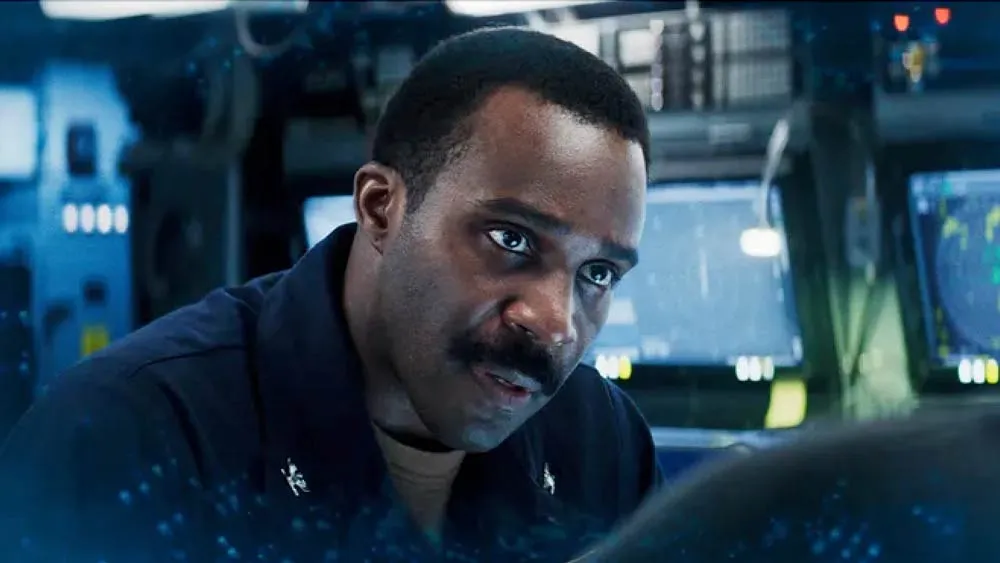January 23, 2016
Out There :: Let's Dance!
Roberto Friedman READ TIME: 4 MIN.
We all were shocked and saddened at the sudden death of the legendary David Bowie last week, and glad to see so many heartfelt tributes popping up everywhere.
Out There has learned that two titans of the SF cultural scene have bonded together to present a full evening of Bowiemania on Sat., March 12. Marc Huestis, out of semi-retirement, has put together a grand tribute at our majestic Castro Theatre. Screening will be Nicolas Roeg's "The Man Who Fell to Earth," with co-star Candy Clark live in person. The sci-fi classic features Bowie in the iconic role as alien Jerome Newton. Academy Award nominee Clark plays his ditzy, boozy love interest Mary Lou, with the classic line, "You know, you're really a freak. I don't mean that unkindly, I like freaks!" Amen, sister.
The gala will feature an on-stage interview with the star, queried by the SF Chronicle's Tony Bravo. Also on the expansive bill: tribute performances by some of SF's finest, including Veronica Klaus with Tammy Hall, D'Arcy Drollinger's Sexitude Dancers, gorgeous Kenshi Westover, Conspiracy of Venus, and a fashion segment by Mr. David & Juanita More. Beep-beep! Tickets are quickly selling out. Call (415) 863-2098 to snag a few.
Afterwards, put on your dancing shoes and head on down to the Oasis, where queen of the night Heklina presents a rocking All Star Tribute to David Bowie. Heckle's Trannyshack's Bowie nights were the stuff of legend, and this one at Mother promises to be one for the books, with such underground talents as Putanesca, Kiddie, & Raya Light. We don't know if there's life on Mars, but there's sure to be life on Planet San Francisco as the stars align for these special events.
Bacon Bits
In his marvelous new memoir "Francis Bacon in Your Blood" (Bloomsbury, $35), author Michael Peppiatt concedes, "There are risks involved when, at the age of 21, you get caught up in a whirl of drink, drugs and gambling, predatory homosexuals, seedy clubs and East End thugs. But if you do survive, what a revealingly accelerated introduction to life it is - and what an unusual story it leaves you to tell."
At the Soho watering hole the French House, Peppiatt hopes to get an introduction to the genius modern artist Francis Bacon, for an interview in his college literary magazine. He approaches a Bacon cohort, the photographer John Deakin, who rebuffs him, "Now that she has had an exhibition at the Tate Gallery of London Town and become so fa-mous, I fear she wouldn't even consider meeting a mere student like you!"
But Bacon, down the bar, has overheard, and exclaims, "Don't listen to that old fool, I simply adore students. Come and join us. Now what are you having to drink?" Behind his bonhomie and generosity, of course, Bacon had ulterior motives. He was attracted to young heterosexual men whom he thought were ripe to be "turned." But as their amitie amoureuse develops, Peppiatt becomes what Deakin calls "Bacon's Boswell," chronicling his life and exploits. In fact, he's written at least four other books on the master painter, but this is by far his most personal. During bar crawls til dawn through Soho and derelict districts, Peppiatt meets a Who's Who of artistic and literary postwar London, including Sonia Orwell, Lucien Freud, Nikos Stangos, David Plante , Kitaj, Hockney, and Spender. It's an embarrassment of riches for a young Cambridge wanker.
Along the way he cites Baconisms like, "Champagne for my real friends, real pain for my sham friends," and, "Often, in my painting, I have this sensation of following a long call from antiquity," and, on Norman Mailer, "I've always thought that the way Mailer wears hair on his chest is just like a woman wearing pearls. I mean why is he so keen to convince everyone he's so masculine?"
So there's a lot of wit and adventure recounted here as Peppiatt and others in Bacon's orbit "revolve on his unique whirligig of posh restaurants, louche bars and kinky clubs," but due warning: this is a dark read. Chapters are titled "Consumed by Guilt" and "The Inspiration of Pain" for good reason. Darkest of all is the fate of Bacon's doomed lover George Dyer, who ODs on pills and liquor just as Bacon gets his landmark retrospective at the Grand Palais in Paris. Dyer, who literally fell into Bacon's life during an ill-fated attempt to burglarize him, is immortalized in several of Bacon's masterpieces.
A couple of reservations about the book. First, there's the matter of a memoir written decades after the fact that reproduces whole dialogues between Bacon and Peppiatt when clearly they are composites of things the author remembers Bacon saying. The author confronts this problem head-on: "For a long time I didn't even question the fact that I jotted down what happened and what was said when I was with Francis. I even used to joke to myself that if I didn't get it down the first time I'd record it the next time Francis said it, since he does repeat himself constantly."
The second qualm is more philosophical. Can Peppiatt, an admitted heterosexual, adequately portray the inner life of Bacon, a kinky and, by this account, tormented homosexual? What kind of real insight could he have into the artist's deep, dark relationship with George Dyer? Does a critic have to be queer to appreciate a queer? Jury still out.


